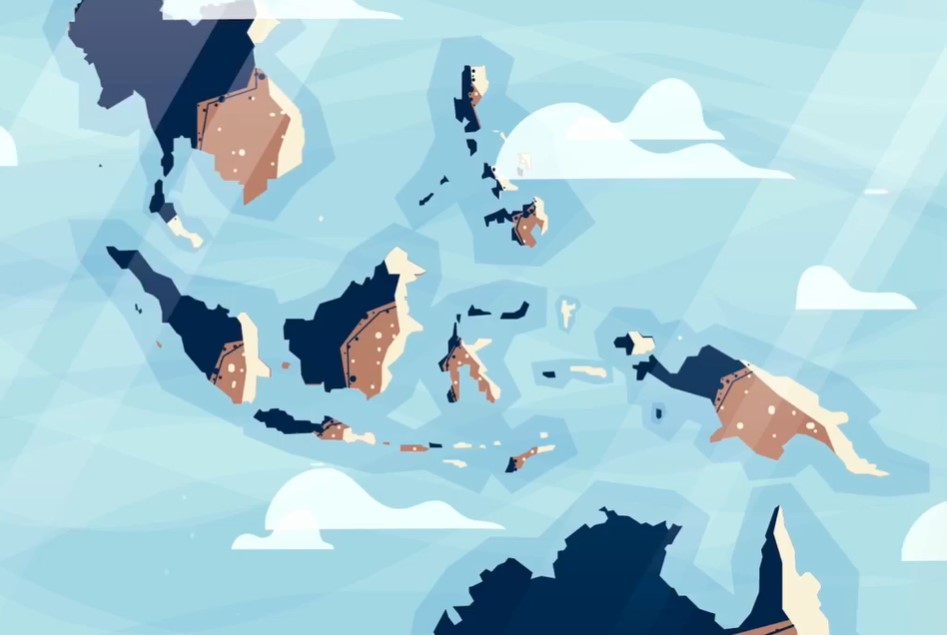
With multiple initiatives set to launch, 2021 was supposed to be the year Australia pivoted to Southeast Asia. Recent events in Myanmar will make this more challenging, but the underlying reasons for investing in Southeast Asia remain.
At the start of 2020, consultations for a new international development policy were full of voices worrying that Australia was stepping away from Southeast Asia following its Pacific step-up announcement. But by year’s end, the government had announced significant funding for a variety of projects across Southeast Asian nations.
In May, the ‘Partnerships for recovery’ development policy placed a priority on the Pacific and Southeast Asia as Australia’s immediate region. The rationale was clear: ‘These are the places where we have the most extensive partnerships and can have most impact.’ In July, the defence strategic update announced a decisive refocus on Australia’s immediate region, from the northeastern Indian Ocean through maritime and mainland Southeast Asia to the Southwest Pacific.
The October budget included $23 million to distribute Covid-19 vaccines in Southeast Asia, in addition to other investments in the Pacific and Timor-Leste. This was followed by the treasurer’s announcement of a $1.5-billion loan to Indonesia for budgetary support.
The renewed attention culminated in the prime minister’s announcement, following November’s ASEAN–Australia Summit, of ‘a new package of economic, development and security measures’ to support the region’s recovery from Covid-19. Highlights included:
- $500 million for a regional vaccine initiative in Southeast Asia and the Pacific
- $104 million for a security package to extend defence cooperation, including military health collaboration, cyber resilience and defence attaché postings across Southeast Asia
- $232 million to develop a new Mekong–Australia partnership
- $24 million to combat infectious diseases in the Indo-Pacific as part of Australia’s increased pledge to the Global Fund to Fight AIDS, Tuberculosis and Malaria
- $70 million to bolster infrastructure advice to and partnerships with Southeast Asia
- $65 million for regional maritime states for enhanced training, technical advice and cooperation
- $13 million to help partners work with technology standards-setting bodies
- $46 million for eligible ASEAN countries to help implement trade agreements.
Put together, it represents Australia’s largest funding commitment to Southeast Asia since the 2004 tsunami.
A number of initiatives under this package are due to come online in 2021.
Australia planned to enhance its diplomatic representation in Myanmar by opening a liaison office in Naypyidaw, adding to its ability to support economic integration and development. The military takeover in Myanmar, however, means it’s not clear whether this will go ahead.
But the new ASEAN Centre for Public Health Emergencies and Emerging Diseases should open with Australia’s $21 million adding to funding from Japan.
And a new infrastructure initiative will open an office in Bangkok to provide quick-response technical advice on infrastructure decisions, such as project planning, prioritisation, procurement and transaction structuring, as well as sector policy regulation.
Australia and Malaysia held their first annual leaders’ meeting in January, at which they agreed to elevate their relationship to the level of a comprehensive strategic partnership.
But the biggest and most immediate factors in Australia’s Southeast Asia refocus have been the challenges posed by Covid-19 and China.
The scale of damage across the region wrought by the pandemic has been profound and has made it impossible to argue that Southeast Asia somehow no longer needs Australia’s support. An imperative to counter depressed global economic activity and trade fits comfortably with the Australian government’s domestic narrative on the need to support recovery—ensuring that the region ‘can recover quickly will stimulate economic activity and restore jobs at home and abroad’. The Covid-19 health emergency has shown that countries are interconnected and have a self-interest in supporting each other for their own health security.
At the same time, the rise of China and its influence in Southeast Asia have made clear that Australia can’t ignore its region in the face of intensifying great-power competition. The Southeast Asia package includes infrastructure initiatives which Australia would see as building countries’ resilience in the face of external pressure.
Australia is viewing development assistance as part of its strategic arsenal. While the additional funding in October’s budget was not counted as development funding—so as not to increase the development spend above the ceiling of $4 billion—the partnership package in November did increase the development budget. This suggests that the government recognises that the current investment is too low to meet Australia’s strategic objectives.
If Australia wants to have deep relationships in Southeast Asia, it has to invest. Australia can offer tangible, practical programs in areas where it has capability. As the Australian Council for International Development’s Bridi Rice notes, development cooperation shows off positive Australian traits like pragmatism and problem-solving.
Australia is working harder to coordinate the various elements of its power projection. The Southeast Asia package was presented as a whole-of-government initiative, with the Department of Foreign Affairs and Trade playing a coordinating role. There is an appetite for this, as demonstrated by enthusiasm from former officials for the Asia Pacific Development, Diplomacy and Defence Dialogue (AP4D).
It is positive to see Australia drawing on the full suite of defence, diplomatic and development tools to establish deep partnerships with the countries of Southeast Asia—a region that remains vitally important to Australia’s health, security and economy.

